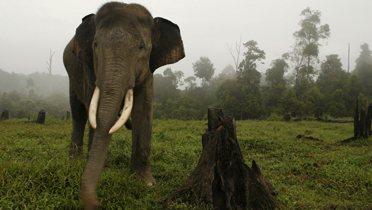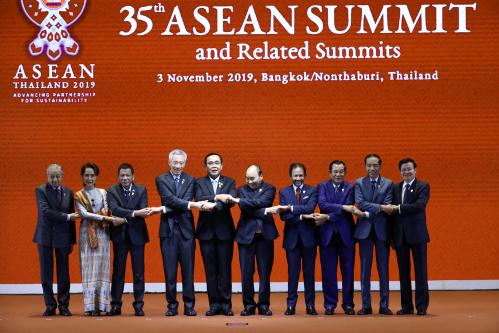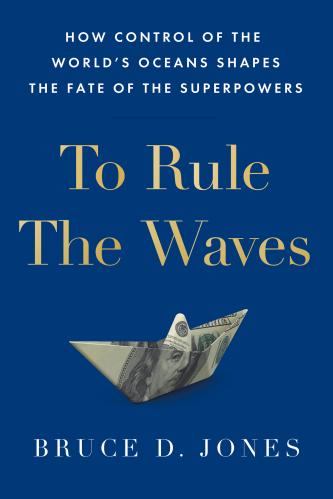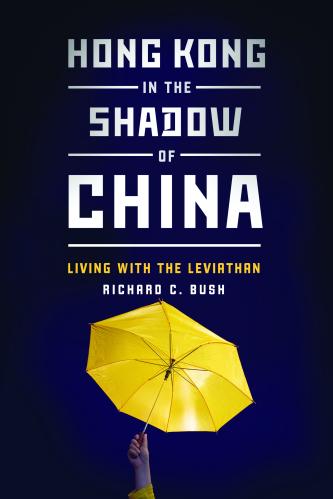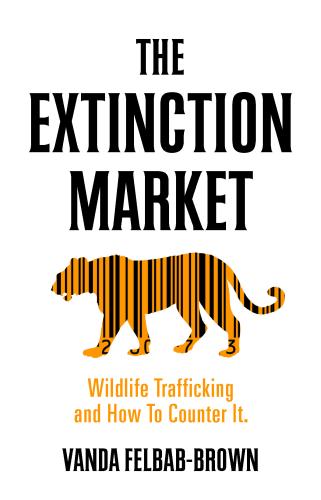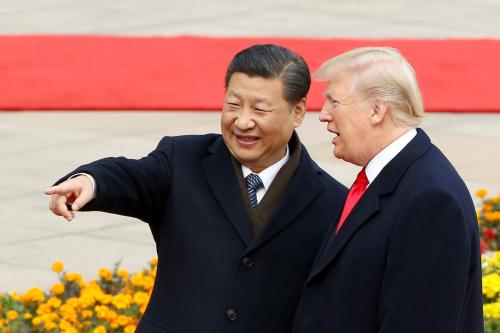Southeast Asia is rapidly becoming one of the world’s “wildlife trade hotspots,” despite the enormous threat this illicit activity poses to the area’s biodiversity and species preservation. Vanda Felbab-Brown offers a broad set policy recommendations that form a regulatory structure to counteract the detrimental effects of this market and enhance conservation.
Executive Summary
-
- Southeast Asia, with its linkages into the larger Asian market that includes China, Indonesia, and India, is one of the world’s biodiversity hotspots as well as one of the world’s hotspots for the illegal trade in wildlife and wildlife parts. Although demand markets for wildlife, including illegally-traded wildlife are present throughout the world, China ranks as the world’s largest market for illegal trade in wildlife, and wildlife products, followed by the United States.
-
- Globally, the volume and diversity of traded and consumed species have increased to phenomenal and unprecedented levels, contributing to very intense species loss. In Southeast Asia alone, where the illegal trade in wildlife is estimated to be worth $8-$10 billion per year, wildlife is harvested at many times the sustainable level, decimating ecosystems and driving species to extinction.
-
- Other environmental threats such as climate change, deforestation and other habitat destruc- tion, industrial pollution, and the competition between indigenous species and invasive species often impact ecosystems on a large scale. But the unsustainable, and often illegal, trade in wildlife has the capacity to drive species into extirpation in large areas and often into worldwide extinction—especially species that are already vulnerable as a result of other environmental threats.
-
- The threats posed by illegal (and also legal, but badly managed and unsustainable) trade in wildlife are serious and multiple. They include irrevocable loss of species and biodiversity; extensive disturbances to larger ecosystems; economic loss- es due to the collapse of sustainable legal trade of a species and its medicinal and other derivate products, or of ecotourism linked to the species; severe threats to the food-supply and income of forest-dependent peoples; spread of viruses and diseases; and the strengthening of organized crime and militant groups who use the illegal trade in wildlife for provisions and financing.
-
- At the core of the illegal trade in wildlife is a strong and rapidly-expanding demand. This includes demand for bushmeat—by marginalized communities for whom wildlife meat is often the primary source of protein, and for the affluent who consume exotic meat as a luxury good. Other demand for wildlife is for curios, trophies, collections, and accessories, furs and pets. Much of demand arises out of the practice of Traditional Chinese Medicine (TCM) which uses natural plant, animal, and mineral-based materials to treat a variety of illnesses, maintain good health and longevity, and enhance sexual potency, and is practiced by hundreds of millions of people. Although effective medicinal alternatives are now available—many of these TCM potions fail to cure anything, and the supply of ingredients for TCM frequently comes through illegal channels and crisis-level poaching—demand for TCM continues to expand greatly.
-
- The expansion of supply of illegally-sourced and traded wildlife has been facilitated by the opening up of economies in Southeast and East Asia and the strengthening of their international legal and illegal trade connections; infrastructure development linking previously inaccessible wilderness areas; and commercial logging.
-
- The illegal trade in wildlife involves a complex and diverse set of actors. These include illegal hunters—ranging from traditional and poor ones to professional hunters, layers of middlemen, top-level traders and organized-crime groups, launderers of wildlife products (such as corrupt captive- breeding farms and private zoos), militant groups, as well as local and far-away consumers, both affluent and some of the world’s poorest. Other stakeholders in the regulation of wildlife trade and conservation include logging companies, agribusinesses, the fishing industry, local police and en- forcement forces, and governments. Policies and enforcement strategies for curbing the illegal trade in wildlife to ensure wildlife conservation and preserve biodiversity need to address the complex and actor-specific drivers of the illegal behavior.
-
- In Southeast and East Asia, government policies to prevent illegal trade in wildlife continue to be generally characterized by weak laws governing wildlife trade, limited enforcement and low penalties. Government efforts to inform publics largely unaware of (and often indifferent to) how their consumer behavior contributes to the devastation of ecosystems in the region and world-wide also continue to be inadequate.
-
- Monitoring of captive-breeding facilities in Asia is often poor, thus facilitating the laundering of illegally-sourced wildlife and undermining the capacity of the legal trade in wildlife to curb illegal and unsustainable practices.
-
- Nonetheless, there has been intensification and improvement of government response to the illegal trade in wildlife in Asia, with many governments in the region toughening laws and increasing law enforcement, the Southeast Asian countries establishing the ASEAN-Wildlife Enforcement Network (ASEAN-WEN) to facilitate law enforcement, and even China undertaking more extensive labeling of legal wildlife products.
- The extent of unsustainable, environmentally damaging, and illegal practices that still characterize the wildlife trade in Asia and in many parts of the world cries out for better forms of regulation and more effective law enforcement. Unfortunately, there are no easy solutions to the problem; and almost every particular regulatory policy is either difficult to implement or entails difficult trade-offs and dilemmas.
The Brookings Institution is committed to quality, independence, and impact.
We are supported by a diverse array of funders. In line with our values and policies, each Brookings publication represents the sole views of its author(s).

